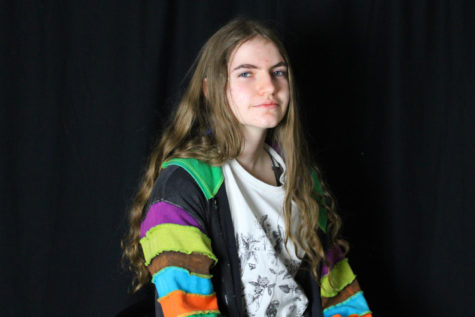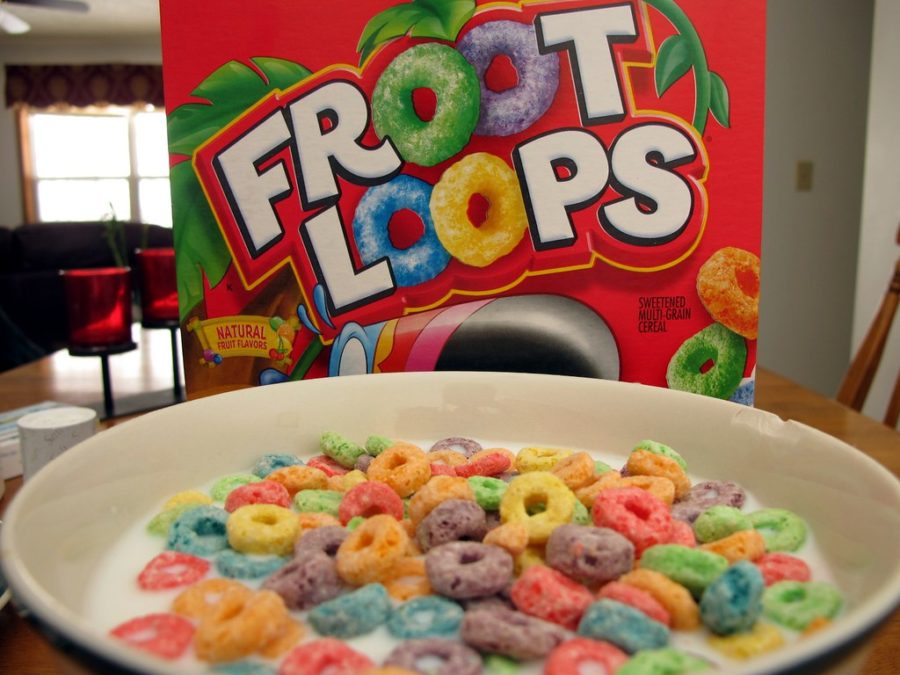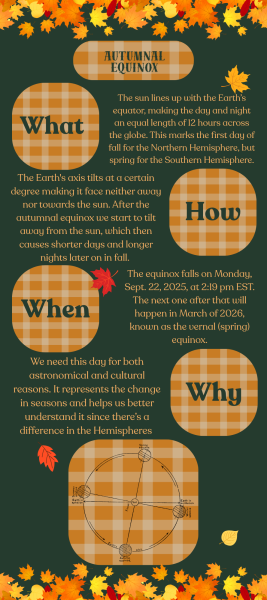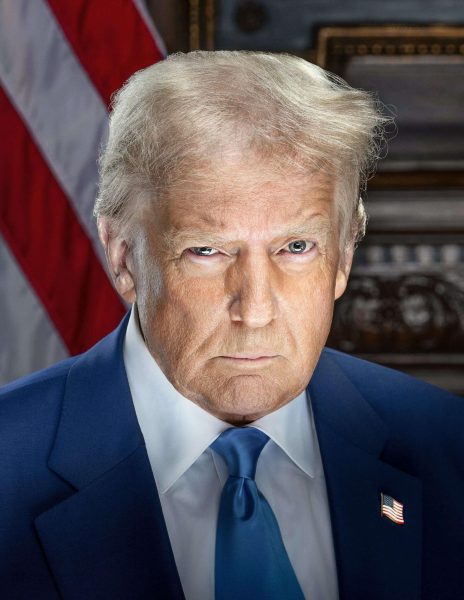Dangerous Dyes
Fruit Loops / Flickr / (CC BY-2.0)
Popular cereal brand Fruit Loops contain several artificial dyes such as Red 40, Blue 1, and Yellow 6.
Would you continue to consume the foods and beverages you buy if you knew that they may cause serious health problems like cancer? Following that, did you know that many of the food dyes present in our foods can cause these problems?
“At high levels of consumption, there is some suggestive evidence that they cause digestive disruptions, but these studies are associated with animal testing at levels no human should ever encounter,” science teacher Laura Morgan said. “That having been said, we (Americans especially) are gluttons. Generally, there is nothing that we consume in reasonable amounts.”
Any dye, pigment, or chemical that gives food or beverages color when added is referred to as a food coloring or color additive. They are available in a variety of forms, including liquids, powders, gels, and pastes. Both commercial and home cookery employ the use of food coloring.
Would someone drink clear Pepsi? How about using green ketchup or pink butter? These goods did exist, and not all that long ago either. However, there is a reason why these dietary fads fizzled out. Customers love it when a food’s color and flavor match.
“Looks play a big part in whether or not I’ll eat something,” senior Isaac Sell said. “If it doesn’t look appetizing, then I won’t touch it.”
People anticipate that orange-flavored beverages will have an orange flavor because oranges are orange. Purple beverages should taste like grapes, whereas red beverages should taste like cherries.
“There’s definitely a correlation between taste and color,” Sell said. “Like if I were to get a red piece of candy, I’d expect it to taste like strawberry or cherry, not banana.”
Food dyes have posed a greater threat to consumers’ health over the past century than any other class of food additives. Even though they are frequently found in processed foods, most artificial food colorings have been determined to pose serious health risks.
“If I had known more about what I was eating, I probably wouldn’t have eaten it in the first place,” Sell said. “I suppose you are what you eat.”
Increases inflammation and interferes with the immune system’s ability to operate. Small molecules included in synthetic dyes can bind to proteins in bodies. Since the immune system struggles to defend the body against them, this might create immune system disturbances.
Food contains hazardous, cancer-causing chemicals. Red 40, Yellow 5, and Yellow 6 are some of the most popular food dyes that are tainted with compounds that are known to cause cancer, such as 4-aminobiphenyl, 4-amino azobenzene, and benzidine. According to the FDA, these pollutants are present in food colors at “safe” levels. Despite being a known animal carcinogen since 1990, Red 3 is nevertheless permitted in consumers’ diets. This may result in the growth of malignant tumors. Numerous types of cancer have been linked to some of the most popular food colors.
The FDA examined the potential connection between artificial food coloring and hyperactivity in 2011 and concluded that there is no way to establish a causal link for children in the general population who do not have behavioral issues. In 2019, the organization reviewed the situation and kept its position.
“Businesses should be conscientious and transparent about their products,” Morgan said. “Though it is the consumer’s responsibility to know what they are consuming. A person who is unwilling to take responsibility for their decisions should not be a parent.”
An association between combinations of artificial food colorings and hyperactivity in children, even those without attention deficit hyperactivity disorder (ADHD), was discovered in a 2007 study conducted in the United Kingdom.
In Europe, dyes are not outlawed. However, in response to the results of the 2007 study, the European Union mandated that items containing specific colors bear a warning label stating that they may harm children’s activity and attention spans.
“Countries with socialized medicine benefit from making sure that the population is not harming itself because that will drive up the need for health care which has a ripple effect on the ability of the government to provide health care,” Morgan said. “These countries are we-focused. America is an I/me country.”
Your donation will support the student journalists of Logansport High School. Your contribution will allow us to purchase equipment and cover our annual website hosting costs.

Freshman Maddison Sell (all pronouns) is a reporter and a member of the class of 2026. She joined Magpie their freshman year (2022-23). One of his favorite...











